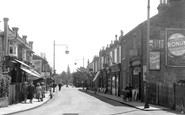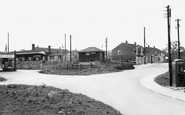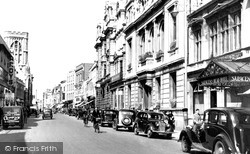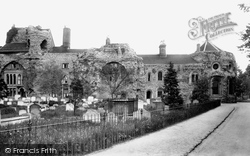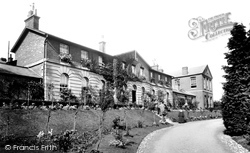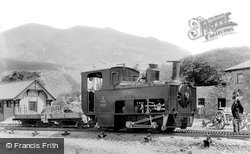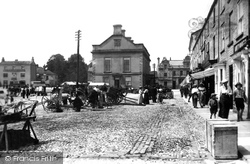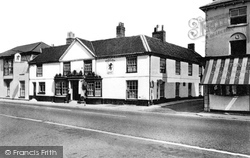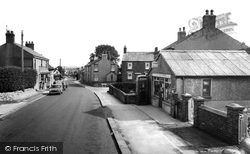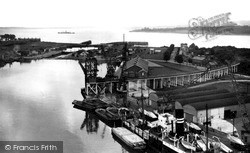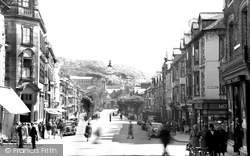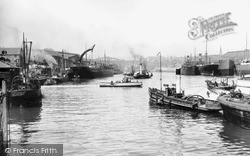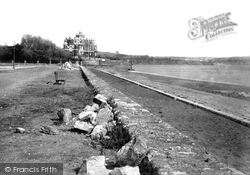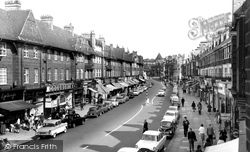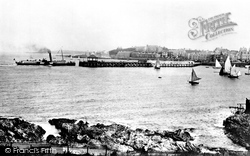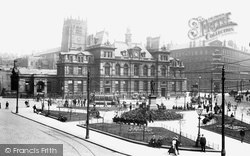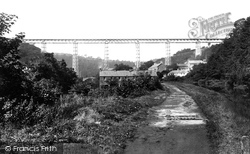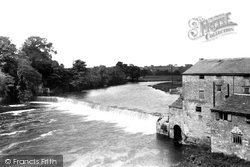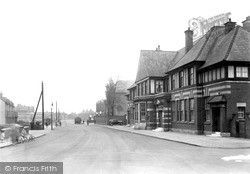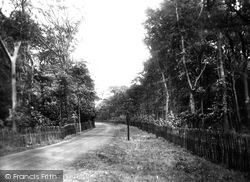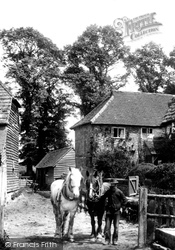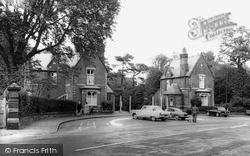Merry Christmas & Happy New Year!
Christmas Deliveries: If you placed an order on or before midday on Friday 19th December for Christmas delivery it was despatched before the Royal Mail or Parcel Force deadline and therefore should be received in time for Christmas. Orders placed after midday on Friday 19th December will be delivered in the New Year.
Please Note: Our offices and factory are now closed until Monday 5th January when we will be pleased to deal with any queries that have arisen during the holiday period.
During the holiday our Gift Cards may still be ordered for any last minute orders and will be sent automatically by email direct to your recipient - see here: Gift Cards
Places
4 places found.
Those places high-lighted have photos. All locations may have maps, books and memories.
Photos
6 photos found. Showing results 621 to 6.
Maps
65 maps found.
Books
1 books found. Showing results 745 to 1.
Memories
4,591 memories found. Showing results 311 to 320.
Through The Generations
The image of Carlton Parish Church has changed very little over the years. I have a similar photograph of the church taken on my wedding day. The Church has a place in my heart and holds very great memories for ...Read more
A memory of Carlton in Lindrick by
Memories Of The Co Op
I remember the Sunday dances at the Co-Op hall well. My mum used to work in the cloakroom and I went with her. We would take the coats in, I would go out and dance (thought I was great and grown up) then I would help give ...Read more
A memory of Addlestone in 1964 by
Flying Scotsman Through Bramley Station
I think it was 1963. The Flying Scotsman steam train came through Bramley station. I was only small, and we all gathered to watch it come through at a fantastic speed! I remember the station ...Read more
A memory of Bramley in 1963
I Met And Then Married My Blind Date At Alton
I remember as a 16 year old that I was a patient in the Lord Mayor Treloars Hospital, ward 1. I was considered to be a long term patient who was having knee surgery. I had to stay in bed for six weeks, ...Read more
A memory of Alton in 1975 by
The Pre Fab Years
I was born in Recreation Close - a tiny 1 bedroom maisonette at the bottom of Wide Way. My Grandparents lived in Greenwood Road just around the corner. In June 1944, during the Second World War, a doodle bug exploded on the ...Read more
A memory of Mitcham in 1940 by
My Memories Of The Coronation 2nd June 1953
My memories of the Coronation-2nd June 1953 While I was studying at the Bridgend Preparatory and Commercial School two events happened which changed the course of history for Great Britain. In ...Read more
A memory of Aberkenfig in 1953 by
My Memories Of Addlestone
Fashion shows with a cup of tea and a biscuit in the Copop on a Saturday. When I was younger the Co-op ran a sports day and we all got a goody box with cream cakes cakes and a suprise of fruit. We shopped at Parrs at ...Read more
A memory of Addlestone by
Visiting Graves Of Grandparents And Great Grandparents
My grandparents Mary (Westbrook) Howard and John Howard rest in the Hanwell cemetery, along with Mary's parents, buried in the row ahead. It took me one and a half hours to find them, ...Read more
A memory of Hanwell in 2005 by
Happy Days In Latimer
It was only two years or so, from 1959-61, aged 6-8, but it still seems as if the happiest period of my childhood in Latimer was one long, endless, glorious summer. My dad was in the army, in the King's Own Scottish ...Read more
A memory of Latimer in 1959 by
Great Memories Of This Area
Really it was 1961-66. I worked as a Geologist for the United Steel Companies based in Rotherham. I visited Haile Moor and Beckermet Mines every two or three weeks for 5 years and came to love the area and its people ...Read more
A memory of Thornhill in 1961 by
Captions
925 captions found. Showing results 745 to 768.
Its civic duties came to an end in 1985 when the building was taken over by the Cheltenham & Gloucester Building Society.
A statue of St Edmund, by Dame Elizabeth Frink, was placed here in 1976 to commemorate the end of Bury St Edmunds and West Suffolk as independent administrative areas.
Spence said that his design came to him when he was under the influence of anaesthetic for toothache: he saw zigzagging walls and an altar ablaze with light.
In 1948, St John's Hospital for the aged and infirm came on site. A girls' hostel was added in 1972, and sheltered housing for the elderly was built in 1982.
The crowds came in greater numbers after the Snowdon Mountain Railway opened in 1896, which provided easy access to the summit for hundreds of holidaymakers.
A fine Georgian building, the hotel came complete with a Long Room where Leyburn Market Club, founded in 1832, still holds its dinners.
A fine Georgian building, the hotel came complete with a Long Room where Leyburn Market Club, founded in 1832, still holds its dinners.
This impractical arrangement came to an end, and the parishes then became responsible for the upkeep of roads within their boundaries.
Held in the Square in the 19th century, six hundred stallholders came from all over the country, and great crowds from the Fylde turned up.
The wood came from Scandinavia, Russia and Canada, and was used in the city's furniture and match-making industries.
Chalybeate Street on the right led to the chalybeate well, which was used by visitors who came to drink its waters.
650 years of shipbuilding on the Wear came to an end with the closure of North East Shipbuilders' Southwick yard in 1989.
After losing his wife, he came to Paignton and bought the tower, one of many built in the early 1800s to repel possible French attack.
Golders Green was farmland until the turn of the century; prosperity came in 1905 with the arrival of the Northern line. It is famous for its crematorium, partly designed by Sir Ernest George.
Their ships came onto the route in 1894, leaving Belfast at the 'Bangor Jetty' near Queens Bridge. The next year the railway built the long new pier seen here.
To the right is part of Little Germany, a warehouse complex built by German traders who came to the city as cloth merchants in the 1820s and after the 1870 Franco-Prussian war.
The Franciscans came to Richmond in 1258, and built a small church befitting their commitment to poverty, but this elegant belfry tower was slotted into the crossing of the church between the nave, choir
Construction began in 1853 and was finished in 1855, although the viaduct only came into service a year and half later.
This has led many to believe that this is the house from which Charles II so famously escaped after the Battle of Worcester, running out of the back door as his pursuers came in at the front.
The brewery chimney came down in 1959, and the remaining building became the site of the bus station. On the outskirts of the town was the Naval Training Ship HMS 'Cabot'.
A bus service came in 1922, and at the end of the road on the right, the Hippodrome Cinema entertained the town from 1929 until June 1962.
Fortunately Richard Ansdell RA, the world-renowned Victorian painter, chose to build a house, Starr Hills, amongst the sandhills; although his hope was for solitude, he brought fame and expansion to the
Three years after William Cobbett rode through this stretch of countryside in August 1823, the Dale family came to Aldhurst Farm.
Southport local authority came to the rescue in 1932, when financial difficulties were about to force a sale to a housing development company.
Places (4)
Photos (6)
Memories (4591)
Books (1)
Maps (65)


